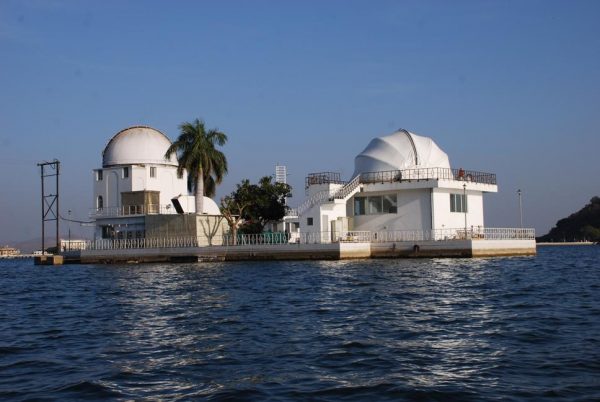Posted inNews
Udaipur – Home to India’s biggest multi-application solar telescope
Udaipur, second in the world to have the unique multi-application solar telescope (MAST) launched Udaipur is now housing India’s biggest multi-application solar telescope (MAST) in the Solar Observatory (stationed on…
